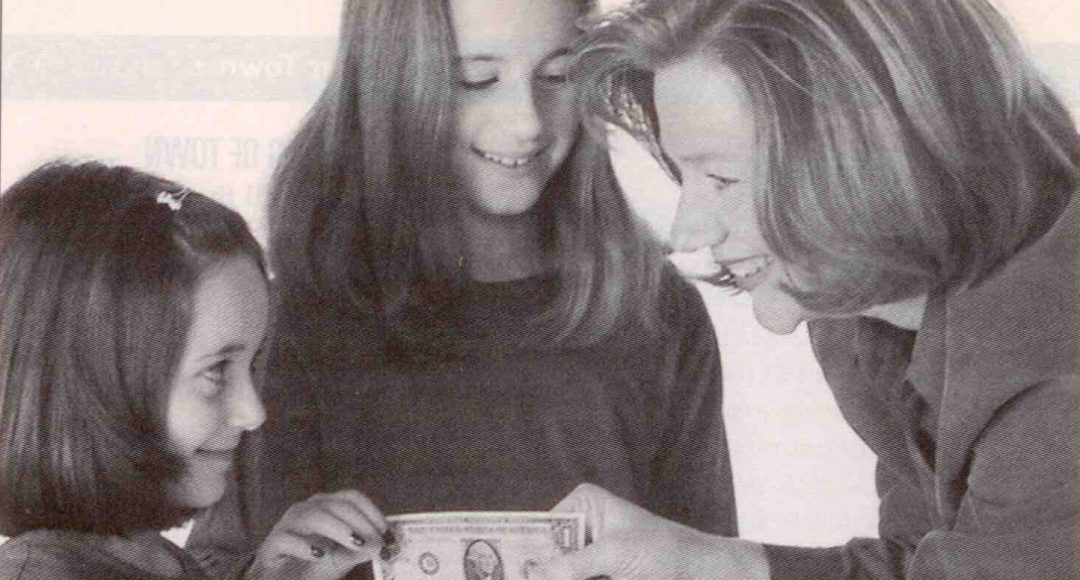
Allison Beacham, my Millennial daughter and co-author on O.M.G. Official Money Guide for College Students, has nearly $17,000 in her 401(k) plan. That’s just two years into her “after-college” job. This is not by chance. Financial education (a.k.a. having the money talk) begins in the home, and we have been grooming her since she turned eight.
We made a point of talking about money at least as often as we talked about grades and the difference between right and wrong. We consider her ability to manage everyday money a critical life skill. One that will empower her to take advantage of opportunities, helping her not just survive adult life but also thrive.
Millennials and Money
“Millennials are starting to save for retirement 17 years earlier than their baby boomer parents did because parents of Millennials were much more open about money with their kids than their parents,” writes Mai Nguyen,author of “How Americans save for retirement, and how it’s changed.” A Chase study concluded that talking about money at home might be the most important thing parents can do for their kids’ financial future.
Teachers making a difference – proof from a parent
Fortunately, we have an ally in this mission: the growing number of teachers that embrace financial education in the classroom. Teachers are making a big difference in the trajectory of their students’ lives. And one recently reached out about a chance encounter with the parents of a former 6th-grade student:
“I wanted to let you know that I ran into the parent of a former student over the summer,” Bob Cooke, an English teacher, wrote. “Out of everything that I did that year with my students, this mom said that Money Savvy U (our intermediate financial education course) was the most impactful thing I taught her son. He still has his Cash Cache, and that two-week unit caused him to decide to go into business/finance in college.”
We cannot do this alone. Financial literacy teachers can reinforce what we teach our kids at home. And we can reinforce what they learn at school. The key is having frequent and frank conversations.
With Allison, we were much more open about how much money we had and why we had it than my own parents were with me. My parents were more open than most but still never ever talked about what they had in savings. There was a code of silence around their bottom line.
Does the money talk at home matter to Millennials?
I asked Allison if she felt our money talk at home made a difference in her money life. I got a resounding, “Ya think?” In our book, she writes: “My parents were different from most parents. While I went to college with a pretty solid understanding of money, most of my peers did not even know how to write a check or how to pay a bill online. Credit was a crutch. Roommates took advantage. I avoided that train wreck because I knew better.”
Parents and teachers, keep up the good work. Keep talking about money with the children in your care. Because according to vast amounts of research and what we hear from educators engaged with this subject, they are listening.





Cute photo of you and the girls. I’m sorry that my parents weren’t able to teach me about saving because they weren’t able to save anything themselves. It was during the depression and they were both working to just put food on the table and pay the rent. Through it all however, there was always love felt for me and my siblings. They also taught us to have a devout faith in God. Saving has then always been something I learned along the way.